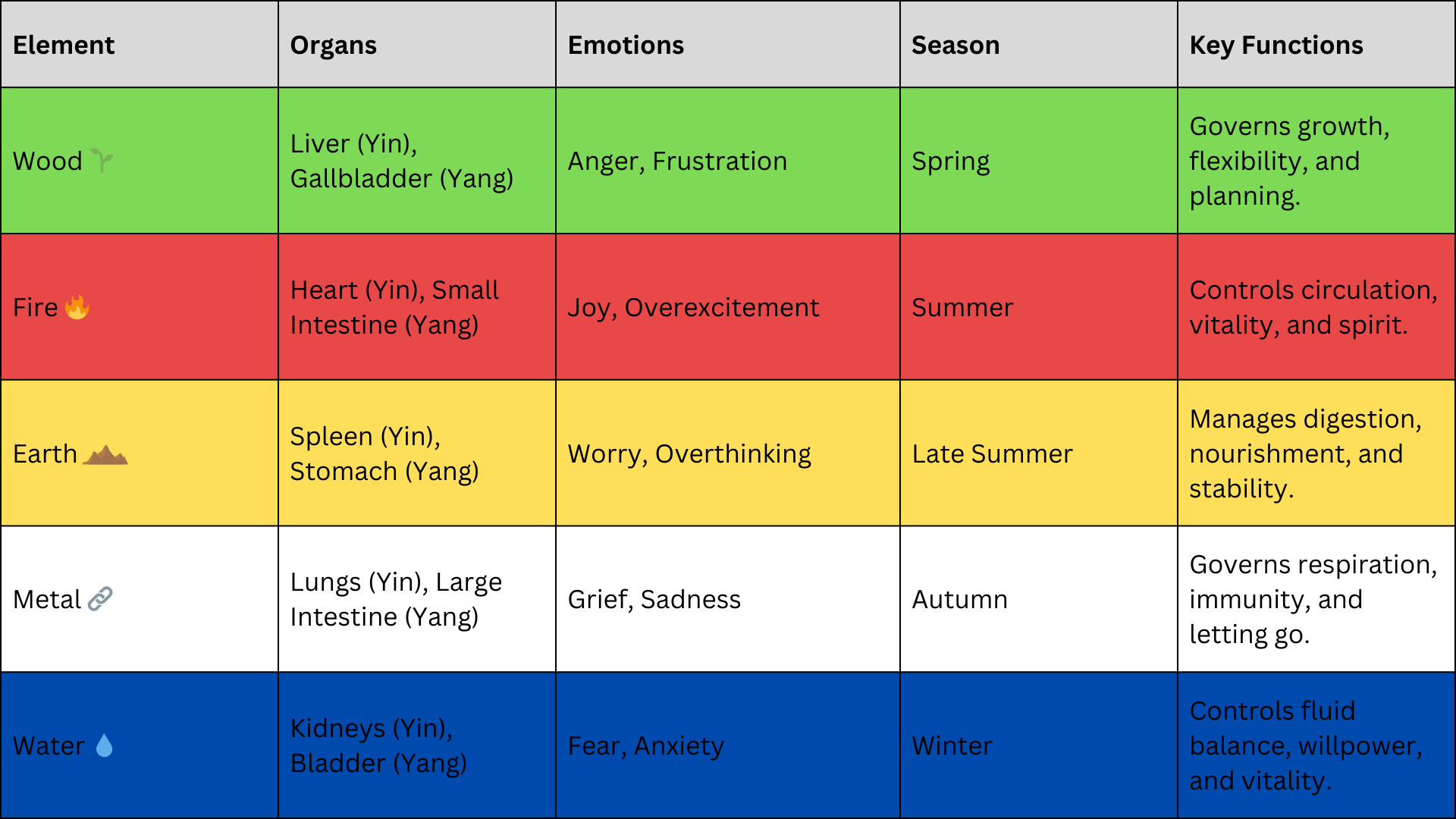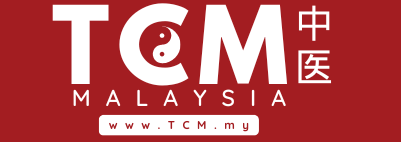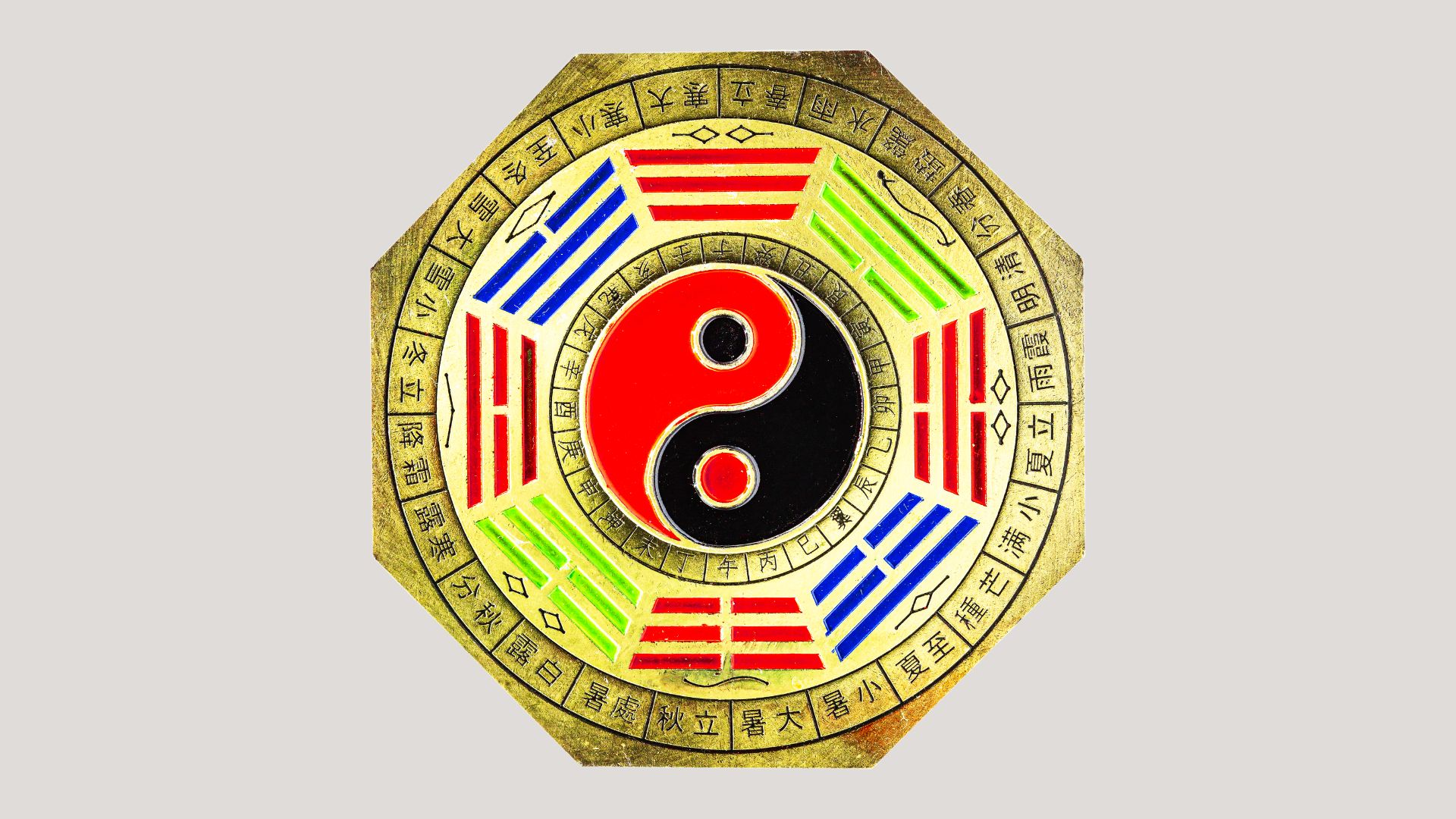The Chinese Five Elements (五行, Wǔ Xíng)—Wood (木), Fire (火), Earth (土), Metal (金), and Water (水)—are a fundamental concept in Traditional Chinese Medicine (TCM) and philosophy. They describe the dynamic relationships and cycles of energy (Qi) in nature and the human body. Each element corresponds to specific organs, emotions, seasons, and functions, creating a holistic framework for understanding health, disease, and balance.
1. The Five Elements and Their Body Associations
Each element governs a pair of organs (one Yin, one Yang) and influences physical, emotional, and energetic functions:

2. Cycles of Interaction
The Five Elements interact through two key cycles to maintain balance in the body:
- Generating (Sheng 生 ) Cycle:
Elements support each other in a “mother-child” relationship:
Wood → Fire → Earth → Metal → Water → Wood
Example: A healthy Liver (Wood) supports Heart function (Fire). - Controlling (Ke 克) Cycle:
Elements regulate each other to prevent excess:
Wood controls Earth → Earth controls Water → Water controls Fire → Fire controls Metal → Metal controls Wood
Example: Strong Lungs (Metal) balance Liver (Wood) to prevent hyperactivity.

3. Imbalances and Health Issues
When elements fall out of harmony, physical or emotional symptoms arise:
- Wood Imbalance: Liver issues (e.g., headaches, irritability) or poor stress management.
- Fire Imbalance: Heart palpitations, insomnia, or emotional volatility.
- Earth Imbalance: Digestive disorders (bloating, fatigue) or chronic worry.
- Metal Imbalance: Respiratory issues (asthma, allergies) or unresolved grief.
- Water Imbalance: Kidney/bladder problems, low energy, or chronic fear.

4. TCM Applications
Practitioners use the Five Elements to diagnose and treat imbalances:
- Acupuncture: Needling points related to specific elements/organs.
- Herbal Medicine: Formulas tailored to strengthen or calm elements (e.g., Earth-tonic herbs for digestion).
- Dietary Therapy: Foods aligned with elements (e.g., sour foods for Wood/Liver).
- Emotional Work: Addressing emotions tied to elements (e.g., meditation for Fire/Heart calmness).

5. Conclusion
The Five Elements emphasize interconnectedness—a healthy body requires harmony between organs, emotions, and nature. While this system differs from Western medicine, it offers a holistic lens for understanding health. For example, chronic stress (Wood/Liver imbalance) might weaken digestion (Earth), reflecting the Controlling Cycle. By addressing root elemental imbalances, TCM aims to restore equilibrium and vitality. 🌱🔥💧⛰🔗

